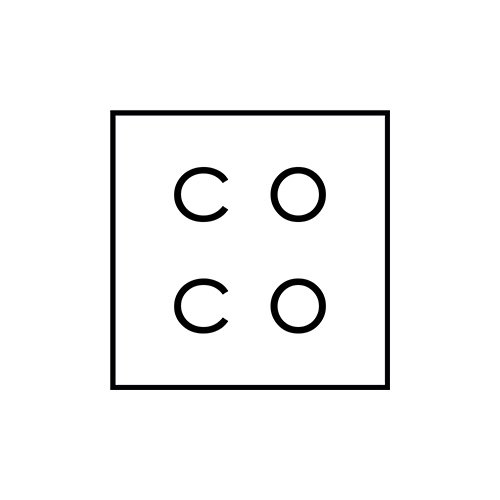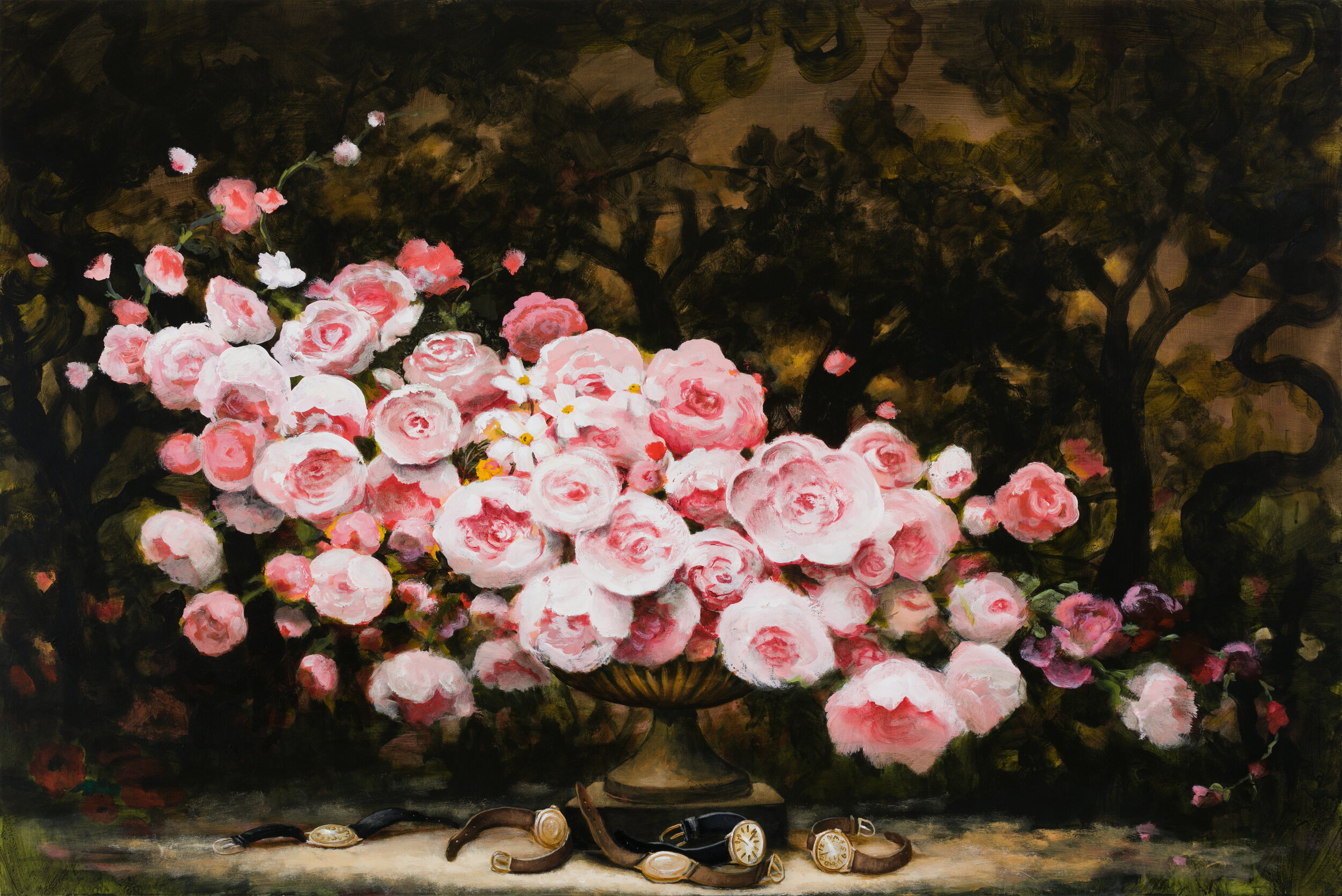Alive and Sacred: The Work of Kevin Sloan
by Stacy Conde
Clients often ask about an artist’s personality, or way of being, “What’s he like?”. When I’m asked about Kevin Sloan my answer is always, “He’s a beautiful man”.
Kevin spoke with me today about his body of work. The resulting conversation was enlightening and confirmed my predisposition toward the artist and the sublime nature of his paintings.
SC: Why have you chosen the natural world as the focus of your work, and left humans out of the picture?
KS: Clouds, insects, and mountains are extraordinary and fully alive. There is an essential energy in nature I respond to favorably. I feel safety and am at home in nature, in a way I’ve never felt around people. I love people, don’t get me wrong, yet since I was a child I’ve found the natural world a place devoid of judgement. I feel in nature a full loving embrace. I need to be in that world. I thank the universe in my work for the way its nurtured me.
Kevin went on to tell me a story about how he was mercilessly bullied as a child, and how he’d find respite in a corner of the playground as far as he could get from the other children. There he communed with nature, the tiny insects, blades of grass and dandelions. They became the subjects of his total focus. That little corner of the playground may as well have been a vast meadow as he lost himself in the micro/macrocosm of the natural world. This escapism born of trauma, developed into a devotion to nature itself and a keen observational eye.
SC: You have painted the human form before though…
KS: I have, and I might again, but I get lost in superficial details when painting humans. Should they have clothes on or should they be nudes? What color eyes, what color skin? There are judgments around choosing all those details. I’d rather engage thematically with a world that feels more open to me.
SC: You do feature quite a bit of detritus that is particular to humans. What are you communicating with the viewer in highlighting these decontextualized objects?
KS: I revisit objects over many years. A vertical vessel, houses of cards-tenuously stacked, time pieces, I’m drawn to them. They are of the human world, but for me they represent another set of possibilities. The house of cards can represent the Western world, so tenuously constructed… The iconography of objects in my work is full of symbolic opportunities. The time pieces can represent time passing, time passed, what is to come, an infinitesimal moment, a second. They’re all narrative opportunities for the viewer to play with, and I welcome that, I want the human made objects to have many meanings, subjective to the person who’s viewing the painting at the moment. The viewer is the essential human element in my work. What will the viewer see what will the viewer think? I have a responsibility in the objects and symbolism chosen, they have to have legs.
SC: Your entire body of work has a beautiful, allegorical, narrative running through it, with each piece telling a part of the story. What is the deeper meaning behind the birds and elephants you so frequently depict in your paintings?
KS: Birds evoke a visceral reaction from me. Whenever I see a bird, I stop what I’m doing and watch them until they fly away. It fascinates me that they are of the earth, like us, but not. Magical, enviable, I wanted to fly away as a kid. …longing and magic, unattainable, with us, but not. When I put them in a painting all that comes along behind my brush. The birds in my work are rarely flying, they are looking at us, allowing us to have more of a relationship with them. Through painting, I’m able to stop time and get closer to these creatures I love so much.
The representation of elephants for him is very different and is informed by a specific memory from childhood.
KS: We went to the zoo as a family when I was a child. There was an elephant behind a fence and a moat, on an island. His leg was shackled and tied to a stake. It was horrific to me as a seven year old kid; it just struck me as awful. I’ve never forgotten that. The bound elephant is unbound in my work, it is both appropriate and essential. When I paint elephants they are doing otherworldly movements, they are light, walking on tightropes, standing on a house of cards, the metaphors evoke a precariousness, a delicateness and the possibility of destruction. In popular culture elephants are thought of as gentle giants, I play with that. They are simultaneously powerful, smart and gentle, yet they are not toys, they are not caricatures, they are living, breathing beings of flesh and bones.
SC: You found the magnificence of nature as a child and have been a loyal friend ever since.
KS: It was meant to be that way for me in this life.
SC: You manage to create such mood and atmosphere with your landscapes, they really set the tone for what’s happening in the foreground of your work. Is the landscape ever enough on its own?
KS: The landscapes in my work are basically amalgamations, idealized hybrids of the many geographical locations where I’ve lived. Ultimately, they’re theatrical backdrops, supporting walls. I want the landscapes to feel like real and yet impossible places, not places we’ve been or seen, but ones we recognize. I’ve attempted to hold back and only create the landscape before, and can’t do it. There’s something about the landscape for me that exists only as the backdrop for my primary image in the foreground.
SC: So are you painting these fantasy landscapes solely from amalgamated memories of the places you’ve seen and been?
KS: I take photos all the time as energetic reminders, touchstones. I don’t want to reproduce the images, it’s that I’m forever holding one hand to the world that is real and one that only exists in my paintings. Literalism is boring, so I try to avoid that. I’m not describing anything verbatim.
SC: There is a sort of religious reverie in your work. The paintings are like reliquaries, holding sacred fragments of nature, or of knowledge of the natural world.
KS: Yes, I feel a sacred connection to the natural world. Recently on a hike with Mark, we went further away from people and civilization than usual, as we were getting into the mountains we found incredibly lush full meadows. Wild flowers in bloom. I was walking along in reverie. The world was observing me as much as I was observing it. No hallucinogenics needed. A gaze, of being loved, I was being watched as much as I was watching. That world out there is alive and sacred, yearning to be seen, and yearning to be in communion with me, with us, humans. That sort of energy is as spiritual as I can get. I never had that growing up as a Catholic kid. That sacred feeling manifests for me as the natural world, which I think is the wellspring of all religions. I cut away the middle man and get right to the source, a fire, the sound of birds, a meadow, these are beings are as much living and sentient as I am. The sacred creation, mindset or state of being we are promised in organized religion, all that stuff, ceremonies and traditions as well, are available immediately if we let if happen in the natural world. Shut your mind off, and let the natural voice happen. It goes on all the time, we just have to decide to shut up and listen.






